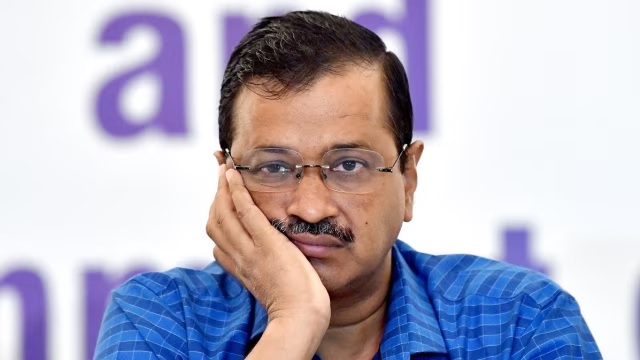
The structure, authority, and duties of State governments in India are outlined in the Constitution, drawing heavily from the parliamentary system adopted from Britain. Both the Central and State cabinets share similarities in their formal constitutional framework, despite their distinct roles and responsibilities. While the Central cabinet and State cabinets exhibit formal constitutional resemblances, their powers and functions diverge significantly. State ministers hold prominent positions within the State’s political hierarchy.
The Chief Minister serves as the primary political liaison between their State and the Union Government. While this connection was particularly pronounced before 1967 during the Congress’s uncontested dominance, it still holds true today. Chief Ministers are regularly consulted by the Central Government as representatives of their States and hold ex officio positions in significant decision-making bodies like the National Development Council. Consequently, Chief Ministers are expected to wield considerable influence in national politics. Though their dominance in national politics might not be as pronounced as during the period following Nehru’s demise until the 1967 Election, this shift can be attributed to the decline of Congress’s unchallenged rule. Nevertheless, Chief Ministers, regardless of their party affiliation, continue to exert significant influence on the national political landscape.
The arrest of political figures often serves as a focal point for debates surrounding the influence of central government in a democratic setup. The case of Arvind Kejriwal, a prominent figure in Indian politics and the Chief Minister of Delhi, offers a compelling lens through which to examine the intersection of power, governance, and legal processes. This essay delves into the complexities of the central government’s influence on Kejriwal’s arrest, highlighting the intricate dynamics at play.
Political Context:
Arvind Kejriwal, known for his anti-corruption activism and founding the Aam Aadmi Party (AAP), rose to prominence as a challenger to the traditional political establishment. His tenure as the Chief Minister of Delhi has been marked by both achievements and controversies, reflecting the polarizing nature of his leadership. Amidst the political landscape dominated by ideological differences and power struggles, Kejriwal’s arrest became a flashpoint for wider debates on political vendetta and misuse of state machinery.
Legal Proceedings:
The legal framework governing the arrest and prosecution of public officials is intended to ensure accountability and uphold the rule of law . However, the manner in which these processes unfold can be influenced by political considerations. In Kejriwal’s case, allegations of corruption or misconduct may have triggered legal actions, but
the timing and intensity of such actions raise questions about the impartiality and independence of investigative agencies. The arrest of Arvind Kejriwal, the Chief Minister of Delhi and a prominent political figure, ignited a legal conflict that reverberated through India’s political landscape. This incident underscored the intricate interplay between legal procedures, political motivations, and public perception. This essay delves into the legal conflict surrounding Kejriwal’s arrest, examining the complexities and implications of the case.
Central Government’s Role:
As the central government holds significant influence over law enforcement agencies and investigative bodies, its role in Kejriwal’s arrest cannot be overlooked. The nexus between political power and administrative machinery often blurs the lines between genuine law enforcement and politically motivated actions. The central government’s ability to initiate or influence investigations, allocate resources, and control key institutions can shape the trajectory of legal proceedings against political adversaries. Amidst the legal conflict, the judiciary emerged as a crucial arbiter, tasked with ensuring the fair administration of justice. Kejriwal’s legal team mounted vigorous defenses, challenging the validity of charges and seeking judicial intervention to safeguard his rights. Judicial rulings and legal precedents shaped the trajectory of the case, providing clarity on contentious legal issues and upholding constitutional principles.
Public Perception and Media Narrative:
The legal conflict surrounding Kejriwal’s arrest unfolded against the backdrop of intense media scrutiny and public discourse. The narrative surrounding the case was shaped by competing narratives, political affiliations, and media bias. Supporters of Kejriwal portrayed him as a victim of political persecution, while critics emphasized the need for accountability and adherence to the rule of law.
Conclusion:
The legal conflict in the arrest of Arvind Kejriwal epitomizes the complex intersection of law, politics, and public perception in India’s democratic framework. While legal procedures must be followed diligently to uphold the rule of law, the potential for political interference and selective targeting underscores the fragility of democratic institutions. As India navigates through such legal conflicts, ensuring the independence of the judiciary,
safeguarding individual rights, and upholding constitutional principles remain imperative for the integrity of the legal system.